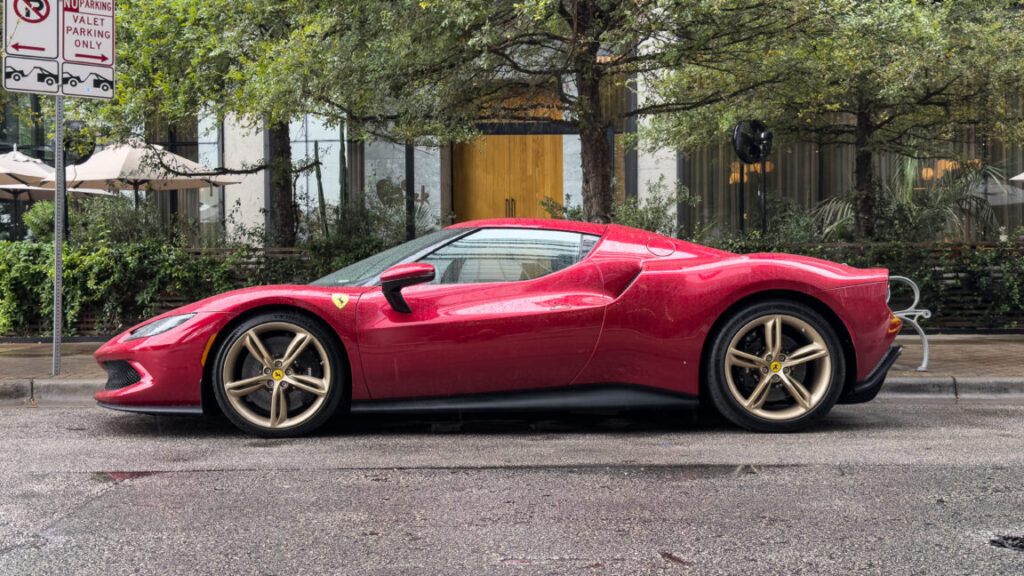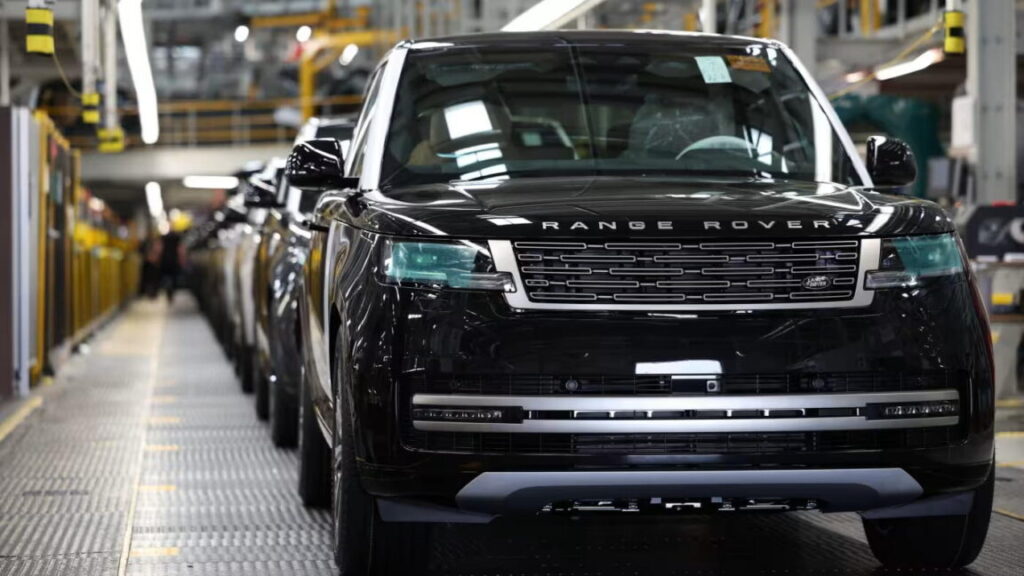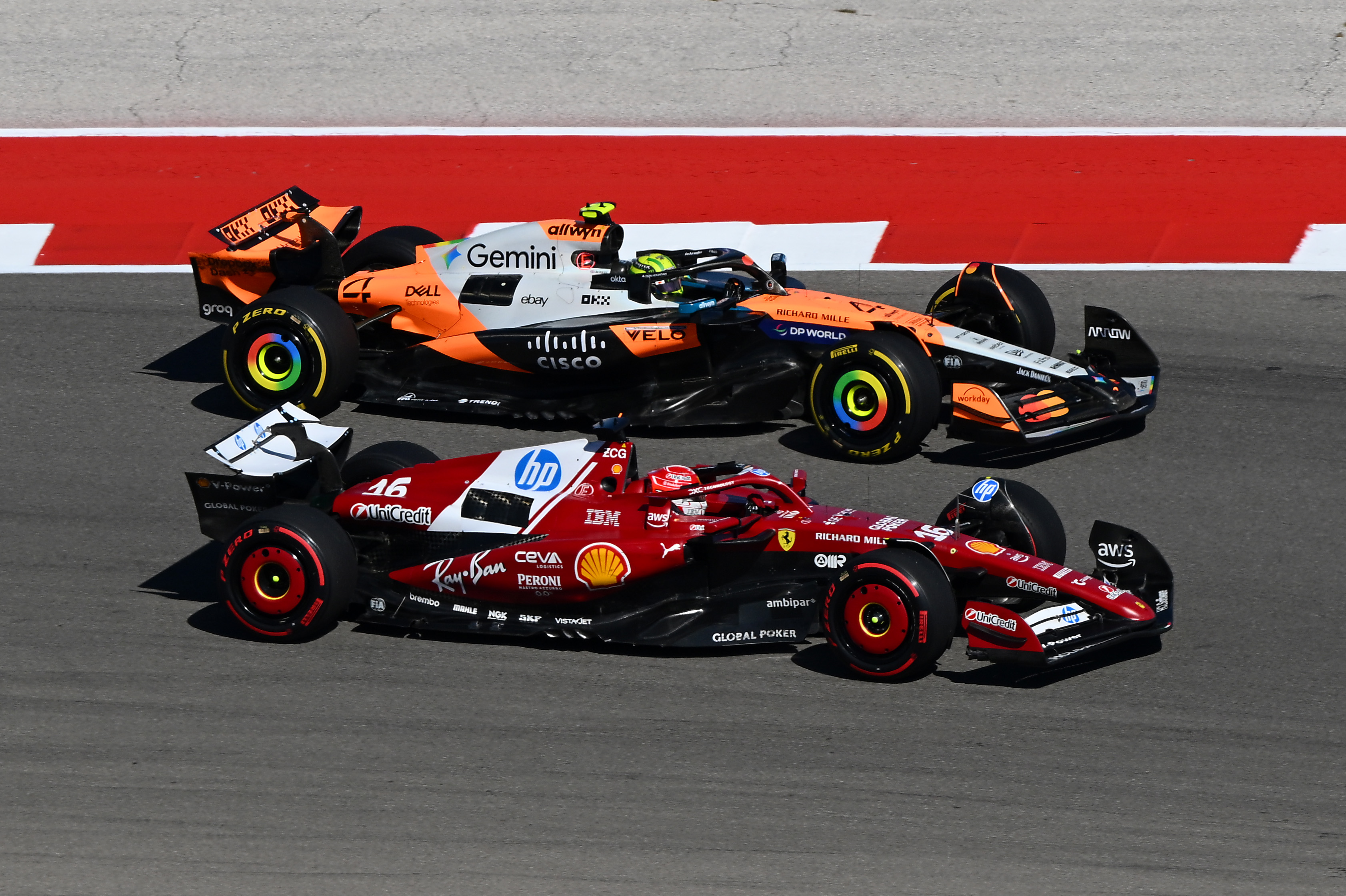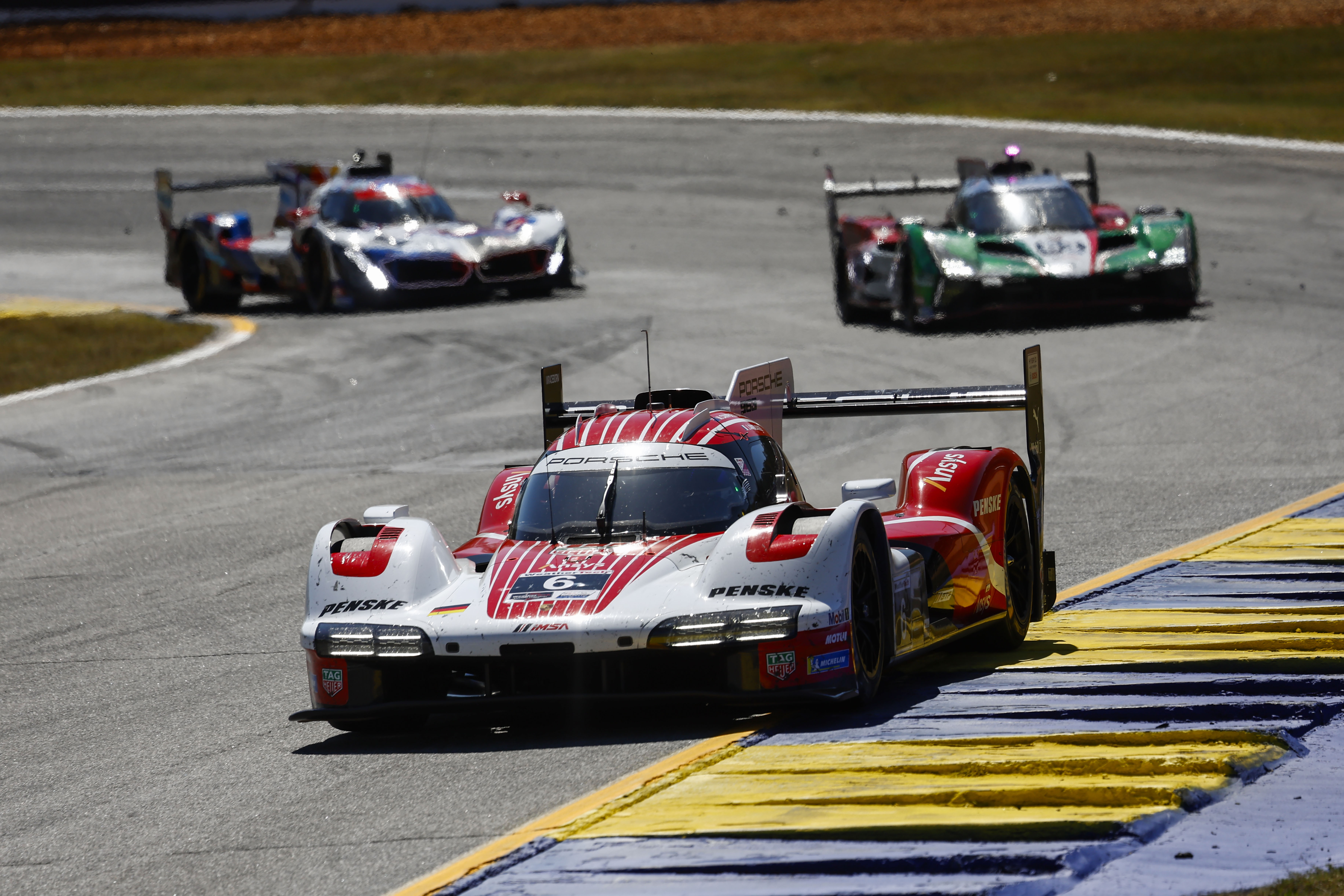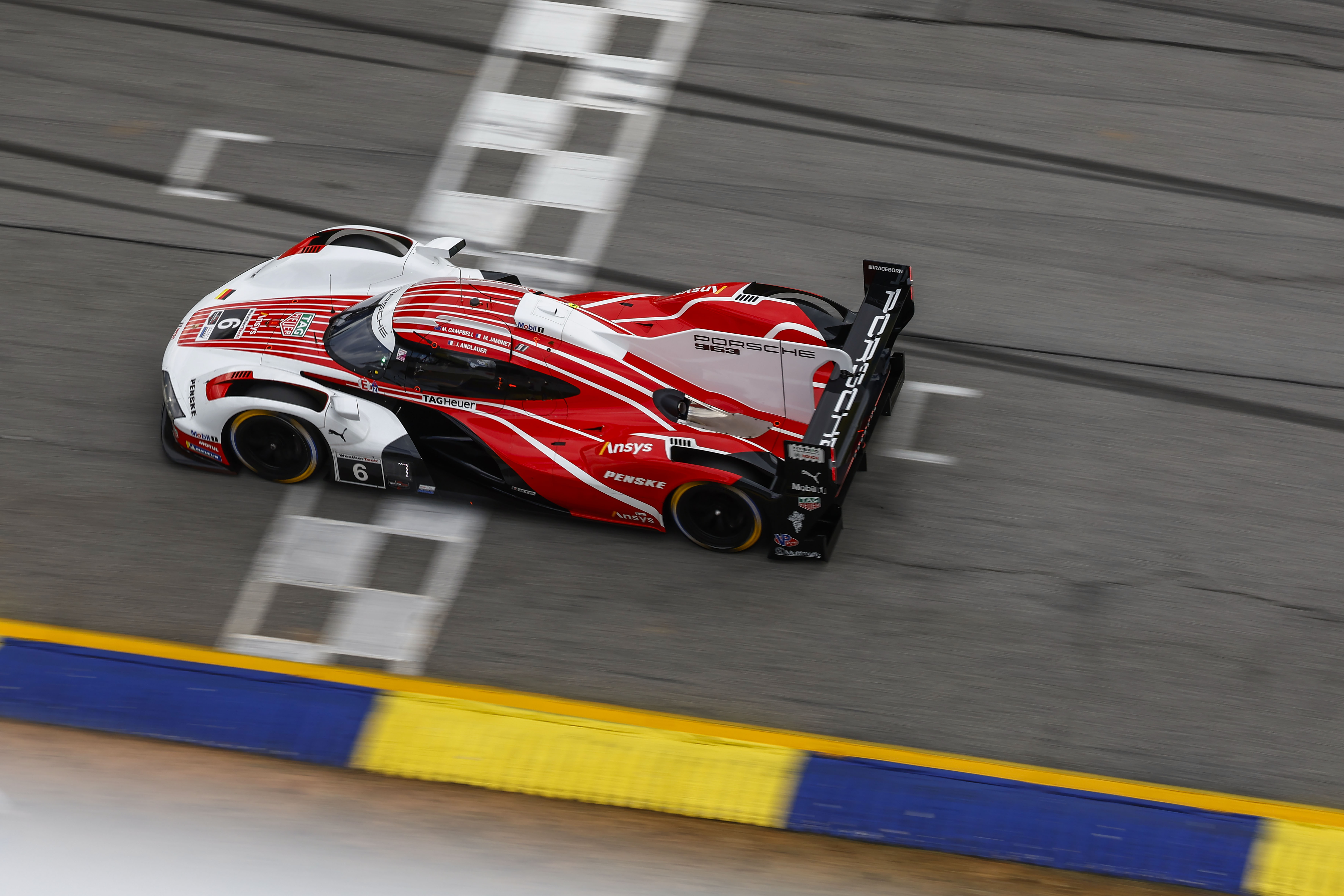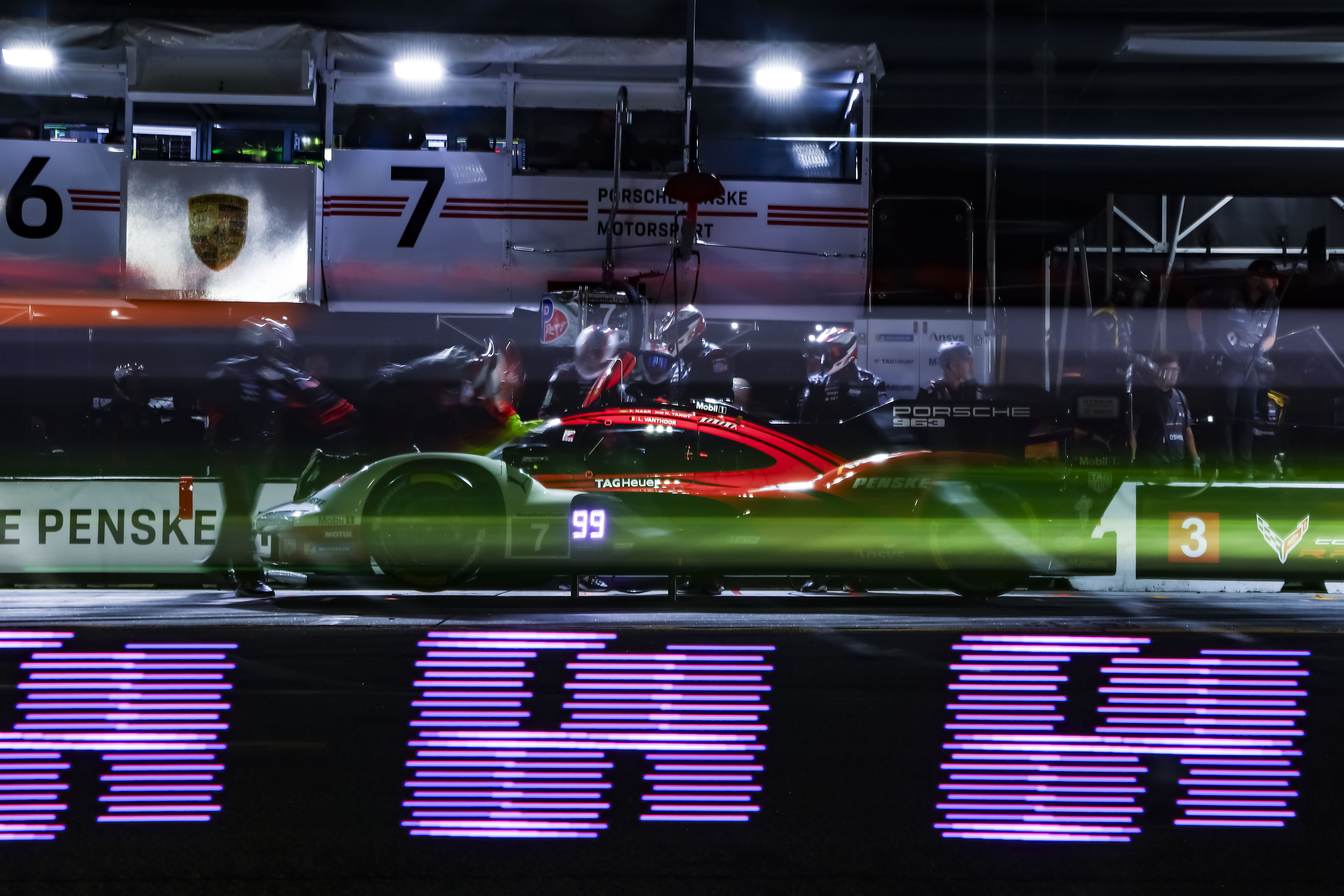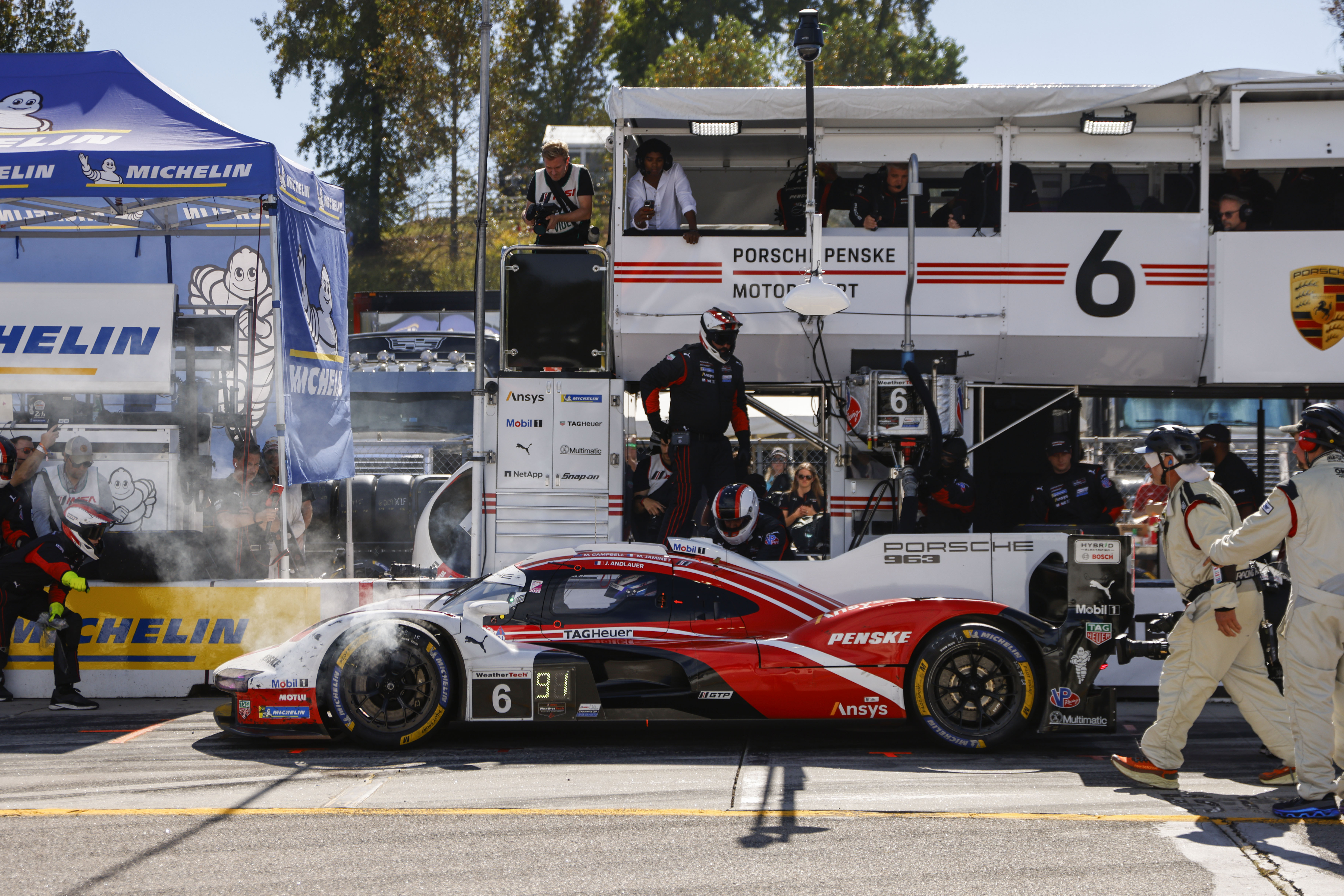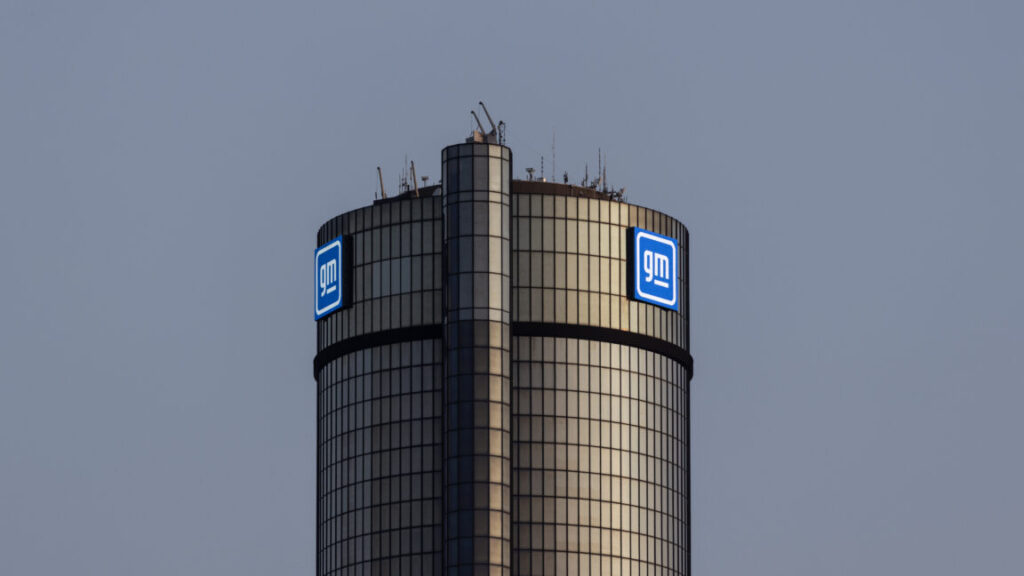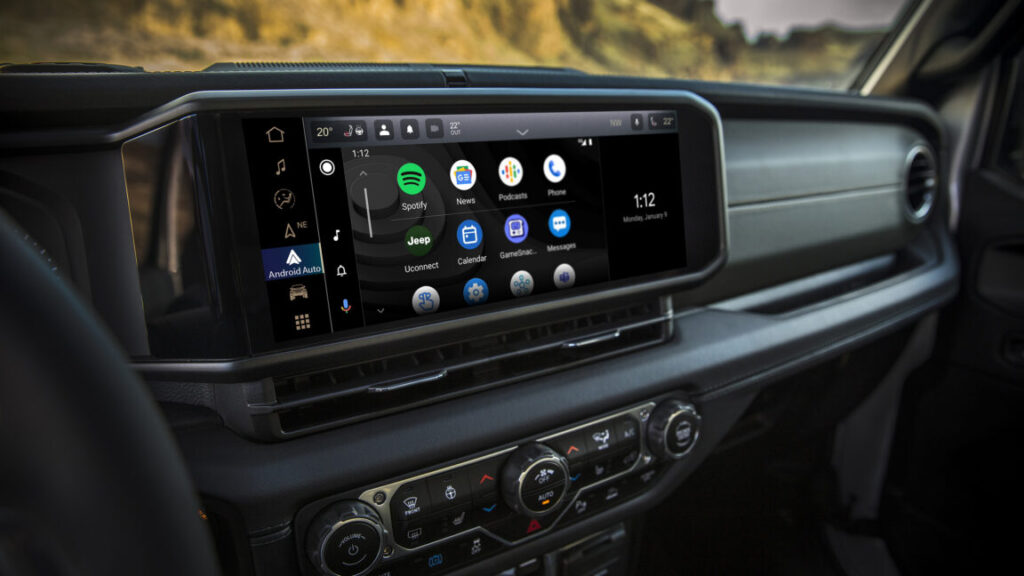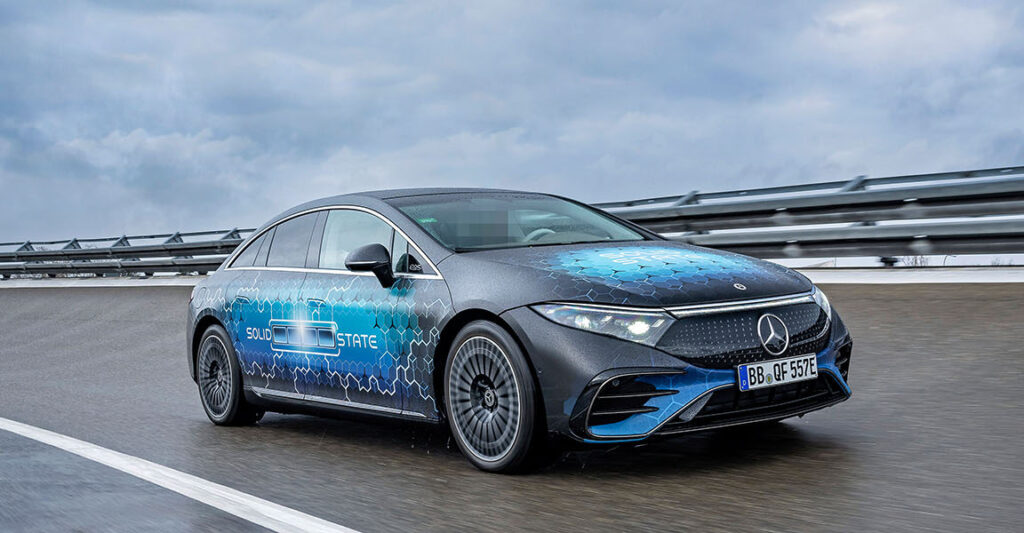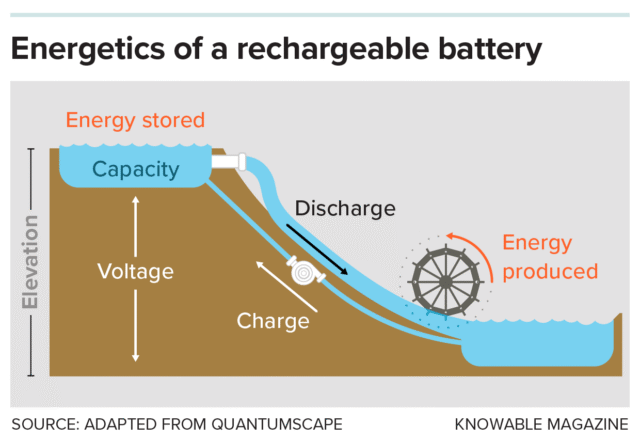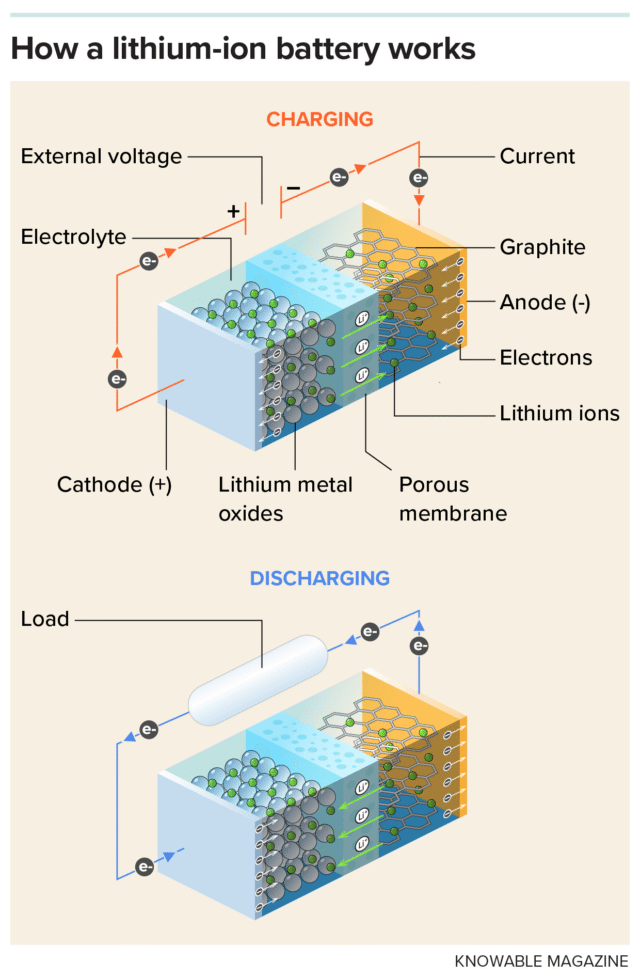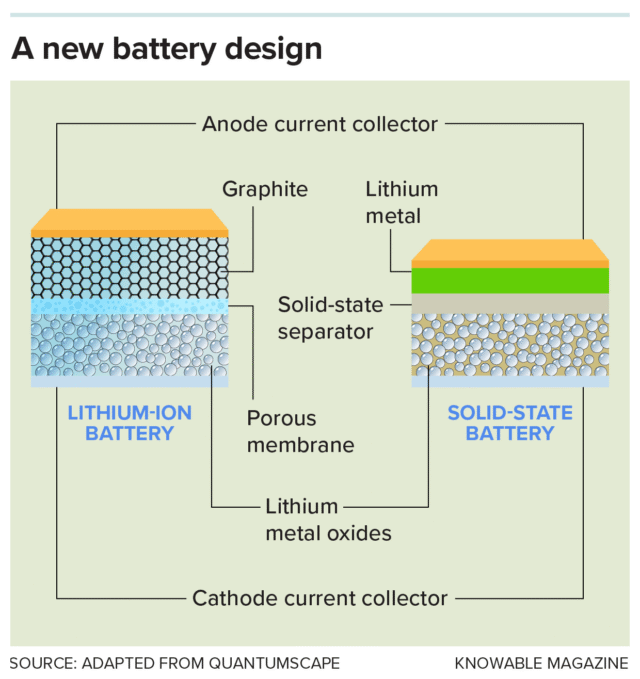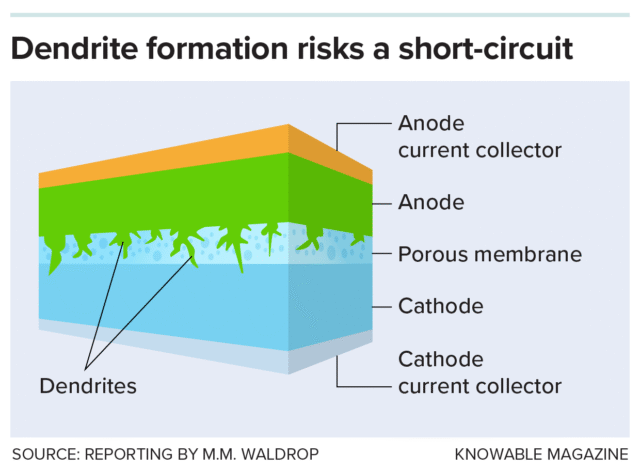Great hybrid V6, lousy HMI: Three days with a Ferrari 296 GTB
The first time I drove this generation of mid-engined Ferrari, it was on a curated route on the company’s home turf. As the Po Valley gives way to the Apennines, you find plenty of narrow winding roads, steep gradients, and hairpin turns. It was an engaging few hours of driving, but it was too brief to properly assess some of the 296’s technology. I found the ride firm but comfortable on rough Italian tarmac and the hybrid system easy to operate, flicking into calm-and-quiet electric-only mode through the villages I encountered.
That was back in 2022 during the unveiling of Ferrari’s 499P race car. Last month, I met the 499P again as it visited the Circuit of the Americas in Austin, along with the rest of the World Endurance Championship. And that afforded another chance to get to know the 296, with three days rather than three hours to form an impression.
Head west from Austin and you’ll find twisty roads that wrap around the hills. It would have been easy to spend an entire day out there, but that seemed repetitive—I’d experienced the 296’s back road behavior already. Plus, there were things to do at the racetrack, although I’ll admit I took the long way there and back each day.
Driving among the AVs
For mixing it up in downtown traffic—among the dozens of all-white Waymo Jaguars and brightly wrapped Zoox Toyotas doing their autonomous driving thing—the Ferrari’s eDrive mode is perfectly sufficient. It uses the axial flux electric motor that lives between the 2.9 L V6 engine and the eight-speed dual-clutch transmission, but the donut-shaped motor’s 165 hp (123 kW) and, more importantly, 232 lb-ft (315 Nm) are all you need to move the 296’s roughly 3,300 lbs (1,500 kg) at city speeds. Visibility is good looking forward and is adequate otherwise, and the throttle mapping makes it easy to measure out just as much acceleration as you need.
Beyond the confines of the city center, you’ll want the contribution of the V6’s 654 hp (488 kW). There are three modes to choose from. Hybrid is best when the lithium-ion traction battery is charged, and the car’s brain will cut the V6 as and when necessary to save some fuel. If the 7.4 kWh battery is depleted, switching into Performance mode is a solution. This keeps the internal combustion engine fired and uses spare power to keep topping up the pack. It also sounds more raucous.
Great hybrid V6, lousy HMI: Three days with a Ferrari 296 GTB Read More »
